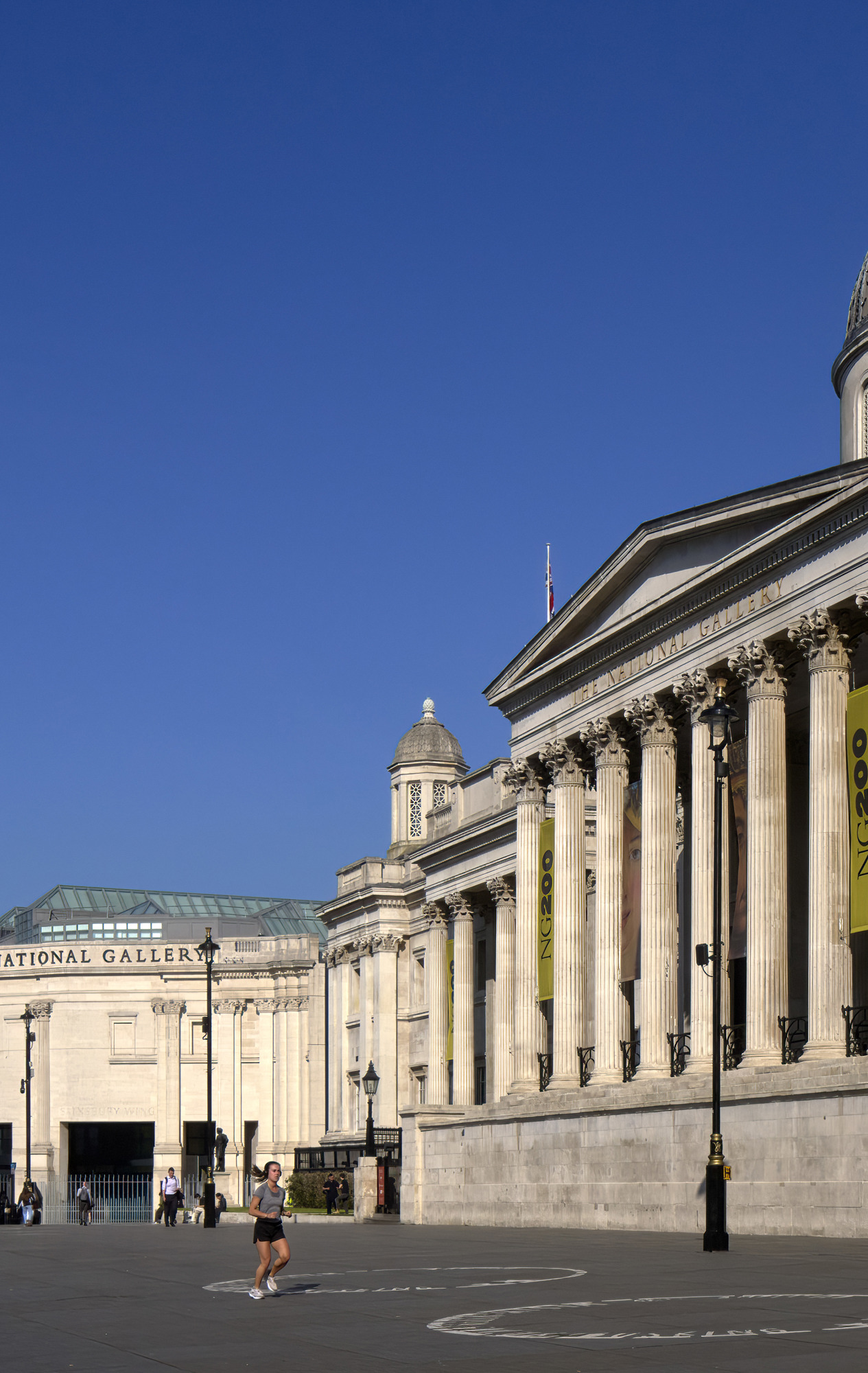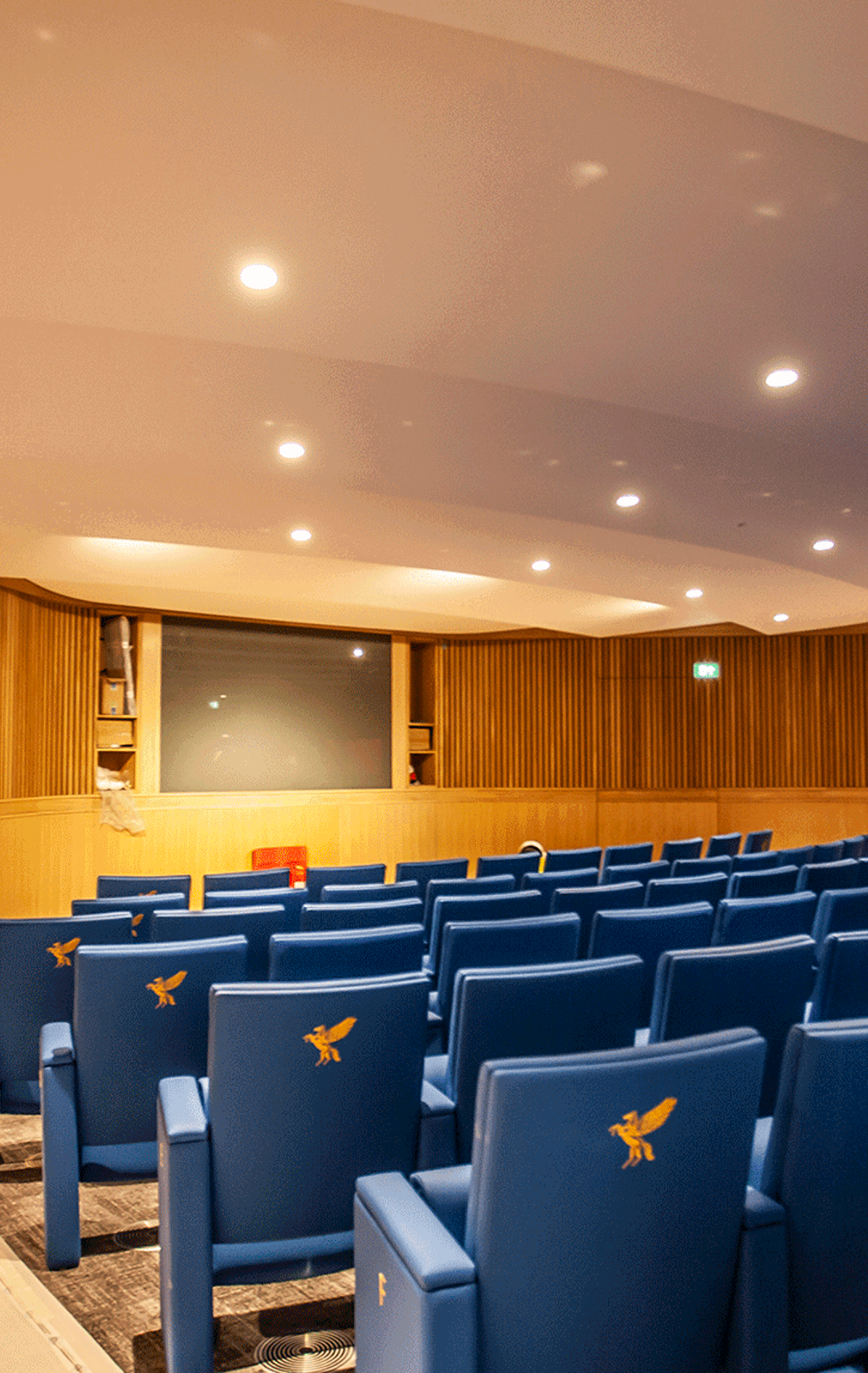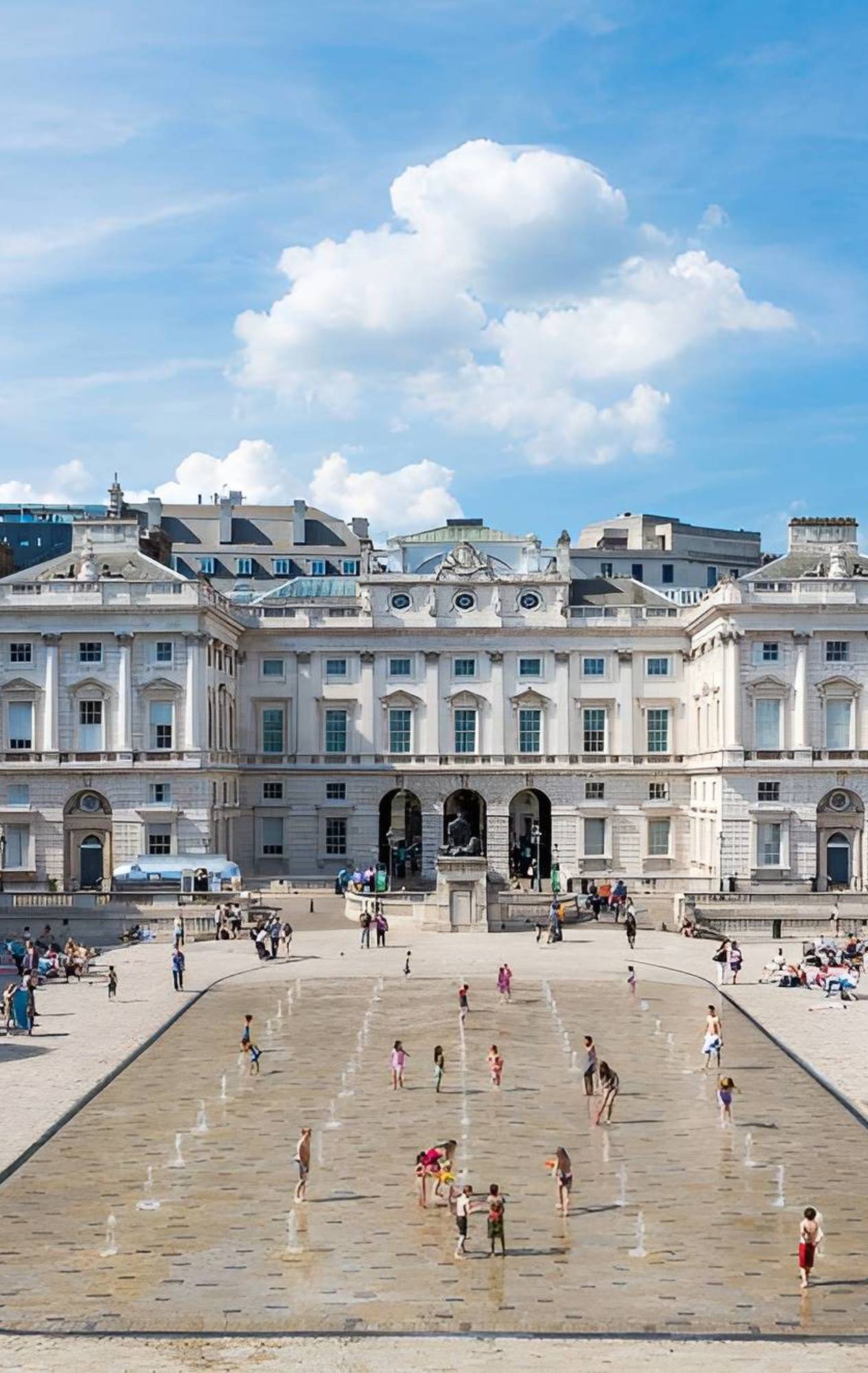Special Projects
Our Special Projects team is dedicated to providing complex heritage restoration schemes with the technical excellence and expertise they deserve.
For Mike Coleman and our expert Special Projects team, delivering the most complex of heritage projects means exploring 'the art of the possible'.
In the entirety of our refurbishment of the Royal Albert Hall, replacing its Victorian steam heating system, renovating its cooling framework, as well as extending its basement - not a single concert, event or educational/school outreach event was cancelled. Performing ongoing building works while maintaining ‘business as usual’ requires creative solutions, and atypical construction approaches. Such is the remit of the Special Projects team, and Mike Coleman as Operations Director.

‘It’s the art of the possible,’ Mike explains, ‘finding a balance between engineering excellence, integration of state-of-the-art modern design, alongside the constraints of heritage buildings and the ambitions of asset operators.’
Such an approach typifies the juggling act performed by Special Projects in its heritage work; uniting the past and the present of construction to add new purpose for a new generation. So, what exactly does a ‘Special Project’ mean to Mike?
‘Special Projects deal with buildings where owners view themselves as custodians of a property – no client is ever disposing of the asset. The building usually predates the previous generation, and will certainly outlive the current generation.’

Mike immediately offers St Paul’s Cathedral as an example. ‘Take the St Paul’s project, where the Covid Memorial was crafted out of British oak in the Middlesex Chapel, as the first modern intervention at the Cathedral’. The memorial, the most significant change to St Paul’s in 300 years, emulates the position of original timber structure, which was lost during World War II, and was constructed sympathetically with the chapel’s surroundings, reflecting a modern take on the original designs. Integration of ‘point of sale’ ticketing systems and data systems captures the importance, wherever possible, of heritage having a life, a reason to still, as its designers intended, be used.
Mike’s knowledge of heritage has been fostered over four decades in construction, honing his craft at Holloway White Allom Ltd, before being recruited by us in 2011 for his sector expertise. He has almost exclusively worked on high-quality rebuilds of Grade I and Grade II listed buildings. Unsurprisingly, he has an eminent roll call of projects he has worked on: Mansion House, Admiralty Arch for the Cabinet office, the slate and copper roof at the RAC, and the Orangery at Kensington Palace. The latter particularly springs to mind because of its faithfulness to original craft. ‘Those renovations are only a couple of years old, but are entirely empathetic with the traditional features the Scheduled Ancient Monument which is the Orangery.’
Mike has also worked on the Courtauld Institute, the Sainsbury Wing at the National Gallery, and the Elizabeth Tower. On each of these projects however, there seems to be one unifying theme: ‘these are clients with deep connections to the buildings they operate – they’re always seeking to spend every pound wisely, to capture quality and longevity rather than seeking a short term commerciality’.

Aligning priorities with clients can be completely different to the rest of the construction industry as a result. In many cases, works may have to navigate around the day-to-day running of the heritage site. This was notable at St Marylebone Parish Church which, ‘was a particularly complex build, operating with public money, the National Lottery heritage fund and CofE capital.’
Special Projects engaged in restoring the roof and ceiling to its former glory. The project utilised traditional steeplejacks while also employing a suspended flying birdcage scaffold to provide access to the underside of the ceiling, but still ensuring minimal impact on the nave of the parish church. ‘It was crucial that the scaffold running left to right across the nave was successful and preserved the integrity of the church – not least because a wedding and Advent services took place underneath it!’

Each project also comes with its component individual challenges realised during ongoing works – what Mike refers to as ‘discovery’. ‘You can use all the radar signals and X-rays in the world, but actually working on the project will uncover layers and layers of history embedded in the walls.’
Whether this is the discovery of objects of historical interest or the aggregate effects of even the most minor interventions over hundreds of years, it has a large impact in the present day. ‘An isolated fix from 100 years ago of 100mm may have a massive cumulative impact on our work’, Mike adds. It’s these sudden changes of plan that require the greatest reactive expertise and innovation. Finding solutions is fundamental for each of these projects.
‘There is simply no option of getting it wrong, that does not exist,’ Mike explains. ‘Even aside from business concerns, these are matters of national heritage and national identity and making a mistake is unimaginable.’ Preserving icons of national identity is not a case of idle conservation however, but rather the interpolation of state-of-the-art modern design that accentuates the importance of the heritage. Leaving heritage in situ can simply be a documentation of the slow decline of original features, but by finding new purpose, heritage can be invigorated. ‘It’s about finding new reasons to exist, that’s the interventionalist perspective. Buildings must stay capable of rebirth – true heritage is about repurposing to provide new meaning for new generations.’
Mike makes clear that there will always be lessons to learn, and new challenges and avenues for heritage. This is the first generation to use plastics and silicons widely, and that may present future challenges for heritage regeneration projects. Similarly, sustainability is an increasing concern. ‘Retaining and reworking these sites is preserving embodied carbon,’ Mike adds. After all, the greenest building is the building that’s already built.
Indeed, the buildings involved in these projects have outlasted their peers, and were intended to do so, and will likely outlast new builds as well. The survival element is fundamental for sustainability. ‘The stone originally quarried for the Elizabeth Tower was not of the highest quality, but has stood firm for 140 years, and will likely stand firm for another 140 years, and another 140 years after that.’

As for where the heritage sector will move next, Mike makes clear that work needs to be done. ‘Modern developments are not building with heritage repurposing at the forefront of considerations.’ The legal case involving M&S seeking to demolish their site on Oxford Street speaks to this view, with the decision passed to demolish the building and start development on an empty site rather than redeveloping the heritage space. In projects like this, it’s clear there’s a gap between the national identity embedded in traditional buildings and commercial concerns. ‘There’s an internationalist atmosphere in building at times,’ Mike explains. ‘Some buildings are like airports, and could exist anywhere in the world.’ These buildings are not going far enough to reflect locational or traditional aspects.
In terms of what could be done to facilitate heritage aims, the government’s policy on heritage VAT is clearly obstructive. ‘It makes no sense that the VAT shield applied to new builds is not also applied to heritage.’ Heritage projects are already underfunded, with Mike noting that he has heard of many heritage projects, both those run by small schemes and larger programmes, inadequately equipped in line with the rest of the construction industry. Even shower facilities and non-chemical toilets are ‘aspirational solutions.’
Elsewhere, skills shortages are also an issue that needs addressing. ‘Fundamentally, the skills shortage is a problem,’ says Mike. ‘The industry seems determined to push through everything on the basis of competitive tender, but often specialist artisans do not have to work on projects, and are not going to be governed by this industry practice.’
However, an even more crucial point is the need to promote vocational skills. At an educational level, young people are being deterred from pursuing vocational courses and careers, and this has a consequential impact on the heritage sector. There are of course challenges in the sector, and these will continue to be discovered. But as always, Mike and his team at Special Projects will approach these with an attitude of ‘the art of the possible,’ finding creative solutions to problems to breathe new life into heritage icons.
Our Special Projects team is dedicated to providing complex heritage restoration schemes with the technical excellence and expertise they deserve.
As 2025 draws to a close, we explore key milestones, partnerships, innovative solutions and award-winning projects shaping the future of sustainable engineering and construction.
Therme Manchester introduces healthy, sustainable meals for its construction team, setting a new wellbeing standard in the industry.
Our IHP healthcare team achieved an impressive 127 out of a possible 130 score following the project end review.





